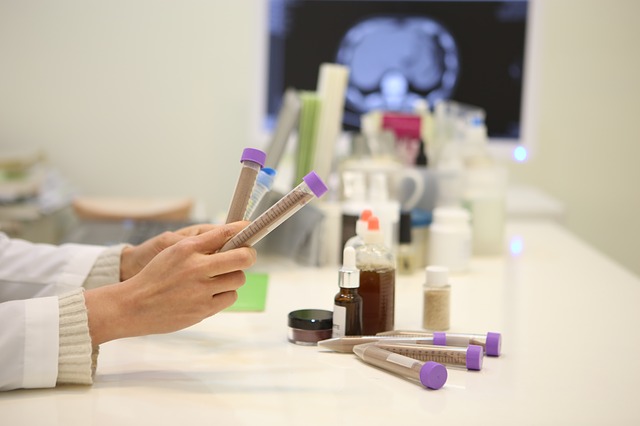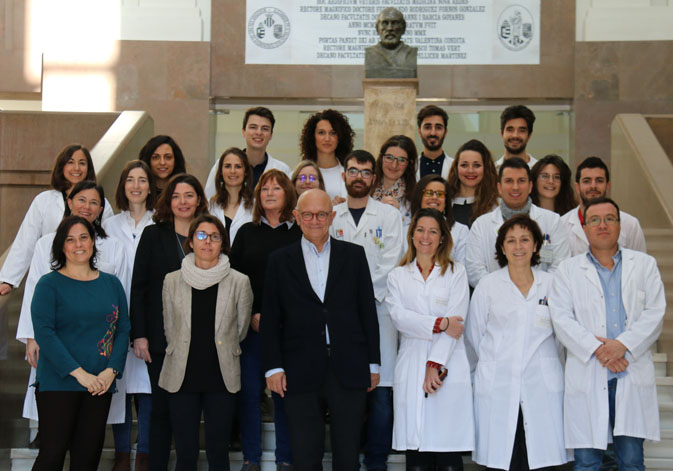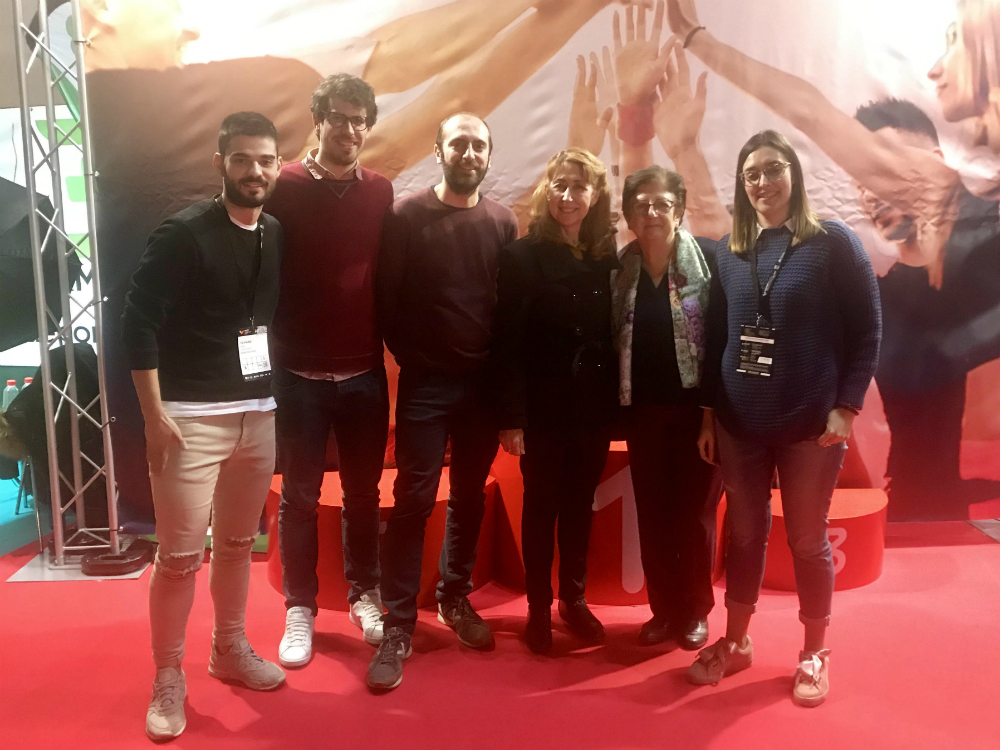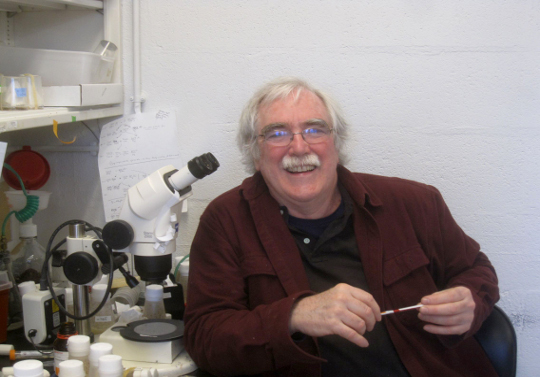
Alzheimer’s disease or senile dementia is a neurodegenerative disease considered the epidemic of the 21st century.
12 january 2016
This disease has no cure to this day, but all the efforts are focused on its early diagnosis, key to be able of slowing down its unstoppable progress. Alzheimer’s disease affects a 7% of people over 65 years old and almost a 50% of people over 85 years old: is a frequent disease in developed countries and affects women to a greater extent than men. 21st September is the World Alzheimer’s Day and on this day we try to view the impact that this disease causes in society.
Alzheimer’s is a neurodegenerative disease that makes the subject who has it to suffer microscopic changes in the brain tissue and a constant loss of acetylcholine, which is vital for the functioning of the brain. This substance is the responsible for the nerve cells to communicate with each other: it is present in mental activities related to thought, memory and learning. The pathophysiology of ageing of the patients, their genetic history, and the cerebral circulation are key questions of this.
The first symptoms that the patients suffering from Alzheimer detect are mild memory loss and disorientation periods, which usual are associated to the old age or stress. These symptoms progress and the subjects starts to reduce their vocabulary and to lose long-term memory and implicit memory, which is the one that make us remember basic movements (such as taking a fork to eat). As the disease progresses, patients become more and more dependents, since they gradually lose their memories and all their capacity to remember how things are done, from reading to going to the bathroom. This disease supposes a serious impact on people surrounding the patients (according to studies, they are family in a 95% of the cases), due to they see how Alzheimer is fading the persons that suffer it and how they lose all their memory.

The prevention is based in maintaining a healthy lifestyle and exercising the brain at all ages. Nowadays great advances are being made to cure this disease, since until now it has no treatment and is not directly mortal but it causes the patients other diseases that are, such as bedsore. The pharmacological drug treatment is based in the delay of the disease, not in stopping it, since to this day we do not know how to accomplish it yet.
The most employed drugs are the anticholynesterasics, which often delay approximately six months the cognitive impairment of the patients. There is also a vaccine, the AN-1792, which is based in a synthetic form of the beta-amyloid protein. This protein stimulates the immune system to avoid that appear new patches and deletes the ones that are already formed. These remedies do not have overall effectiveness and experts are still investigating to be able of finding the way of stopping and eradicating the disease.
Nowadays the research focuses in the use of stem cells to be able of revert Alzheimer’s impact. These undifferentiated cells have the capacity of developing the nerve tissue and could make the disease to stop. To this day, we are still investigating this and many other ways since Alzheimer is considered the epidemic of the 21st century and researches at a global level try to stop it: knowing the Alzheimer’s pathophysiology is key for its treatment and eradication.
In the Master’s Degree in Physiology of the Universitat de València there is one free-elective subject of three credits (if you start the master’s degree in an even-numbered year) called ‘Physiology of Alzheimer’s disease’. Here you can find the complete curriculum.











